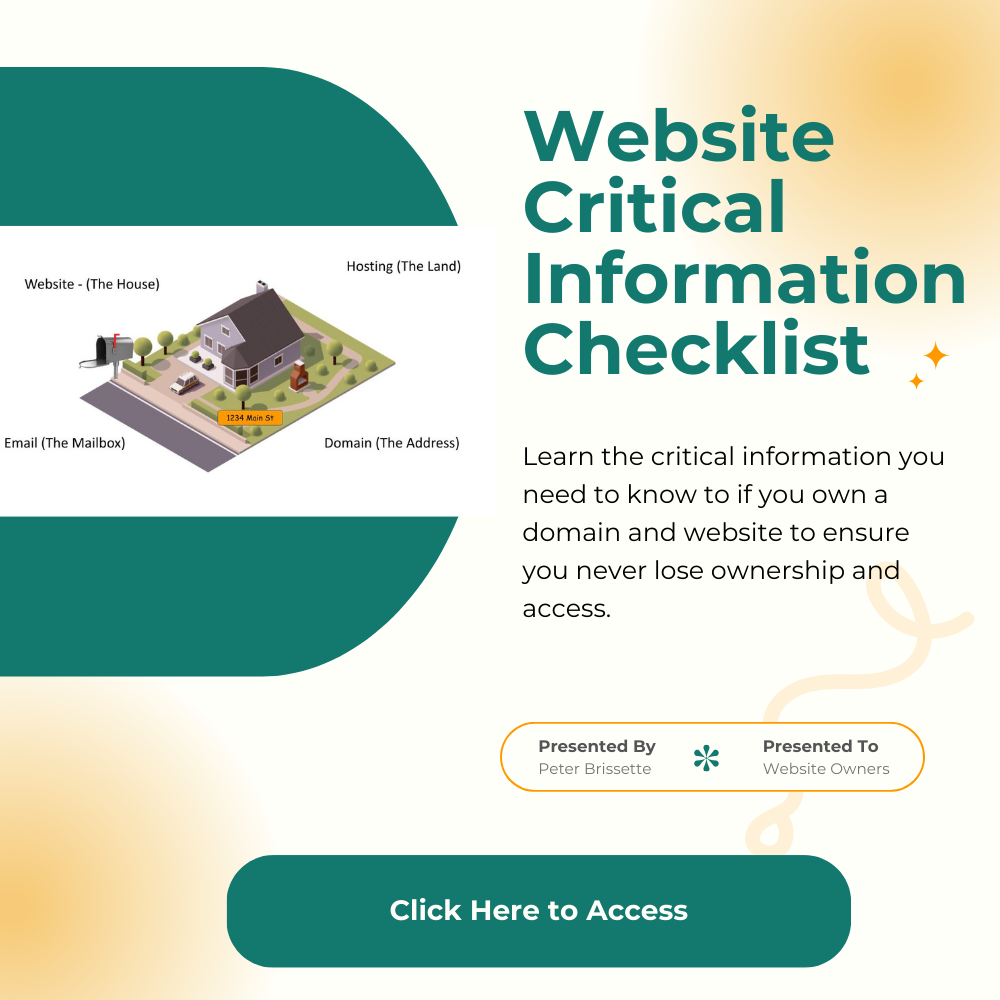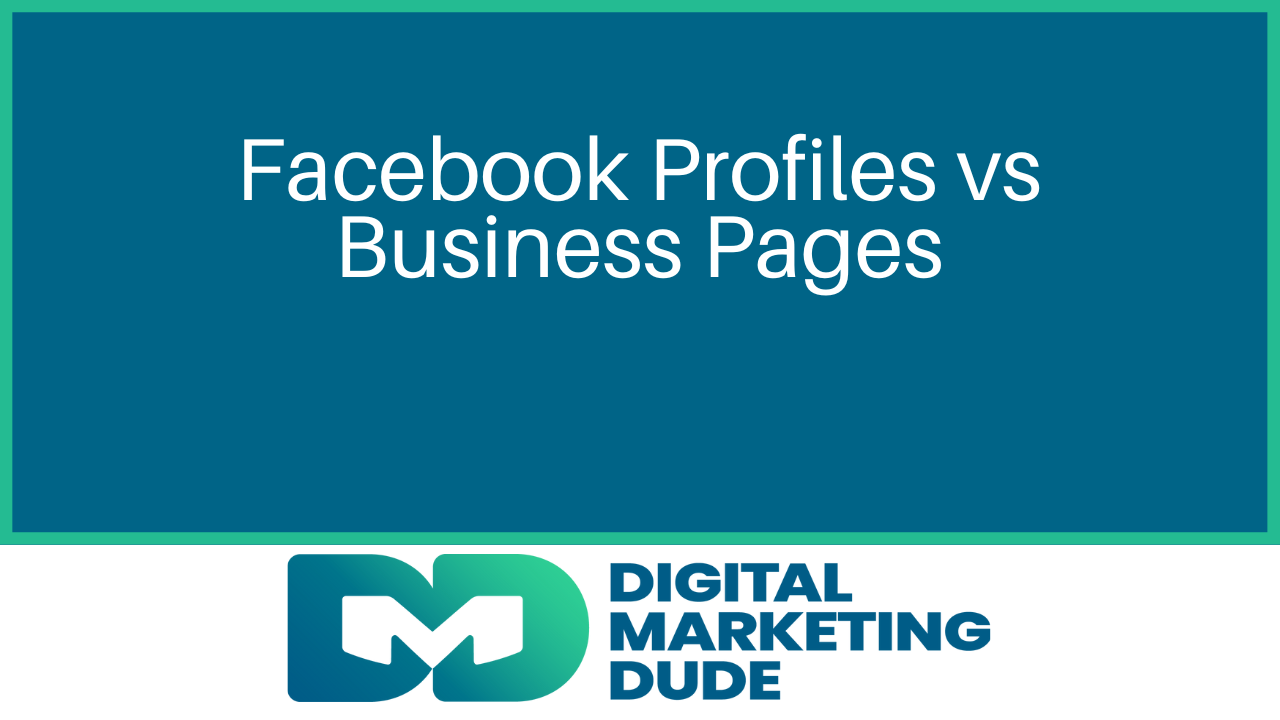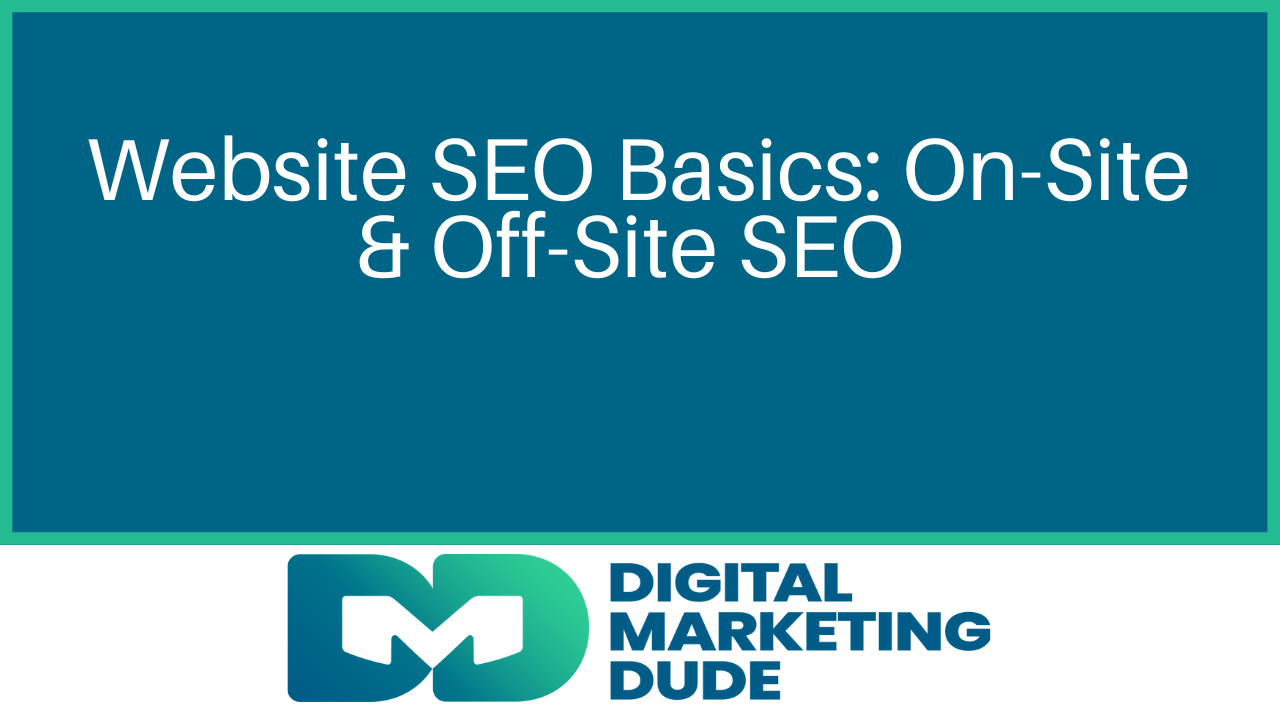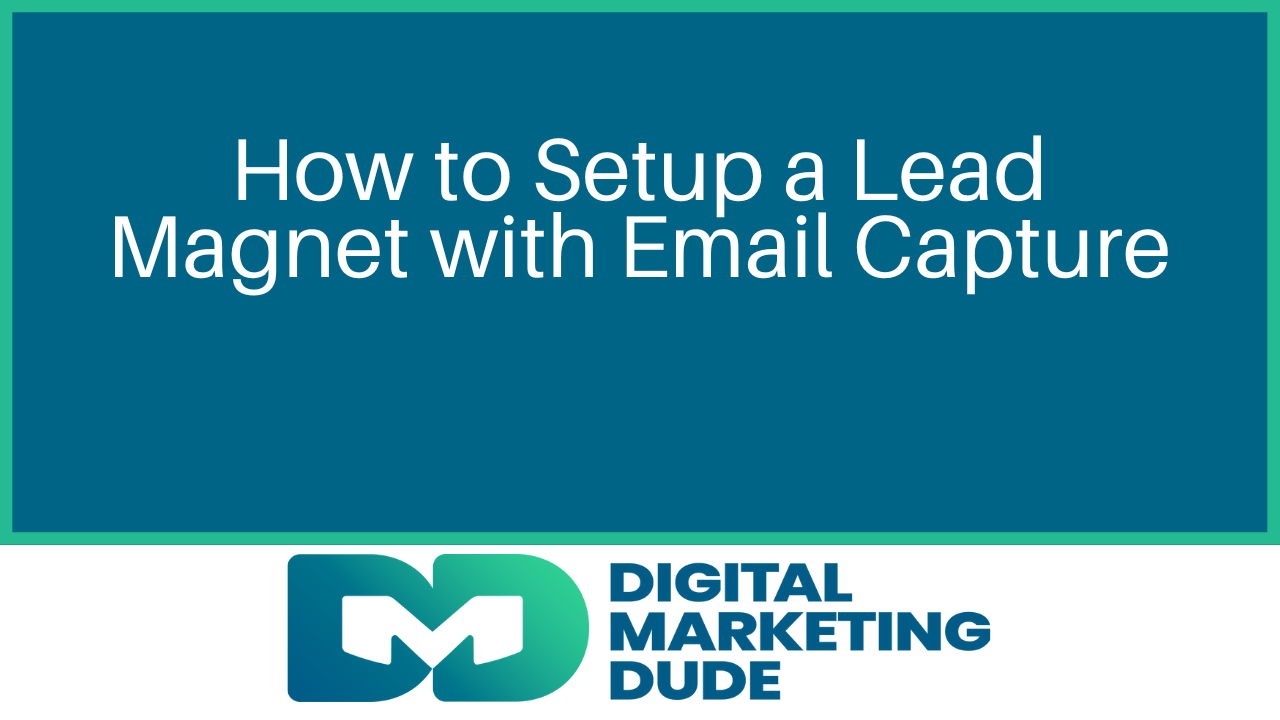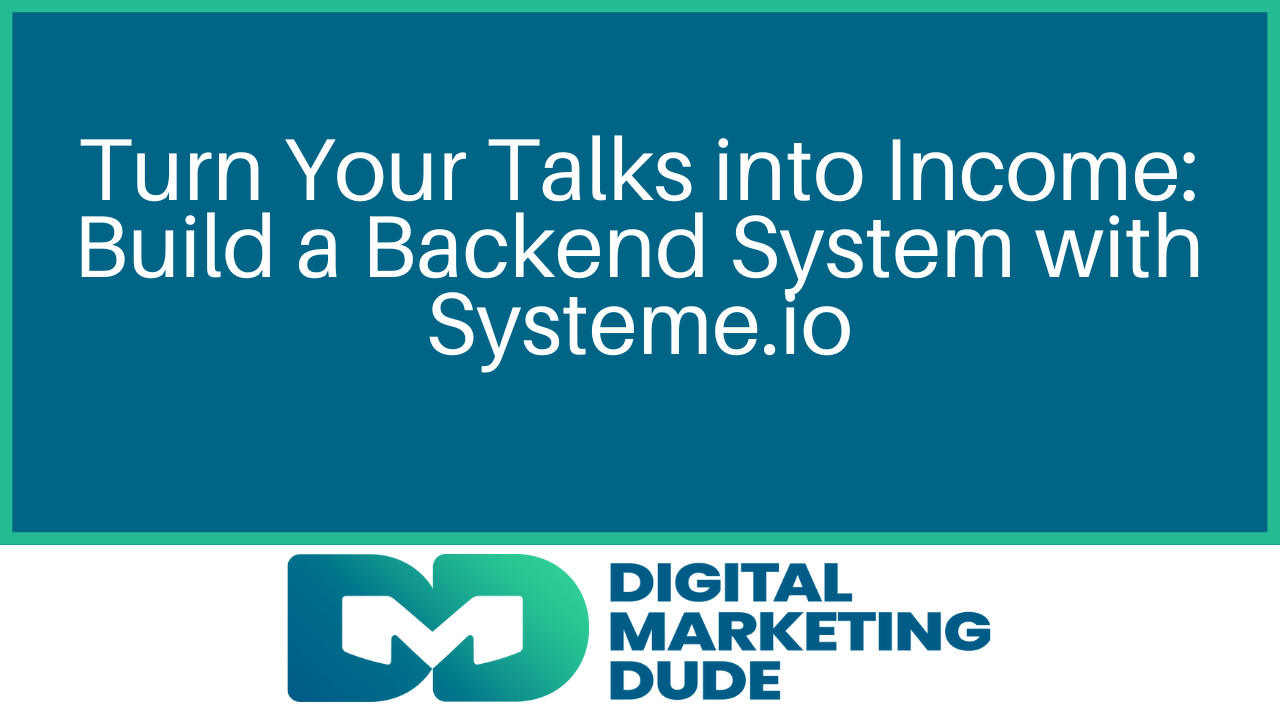Paid Advertising
Peter Brissette • August 29, 2018
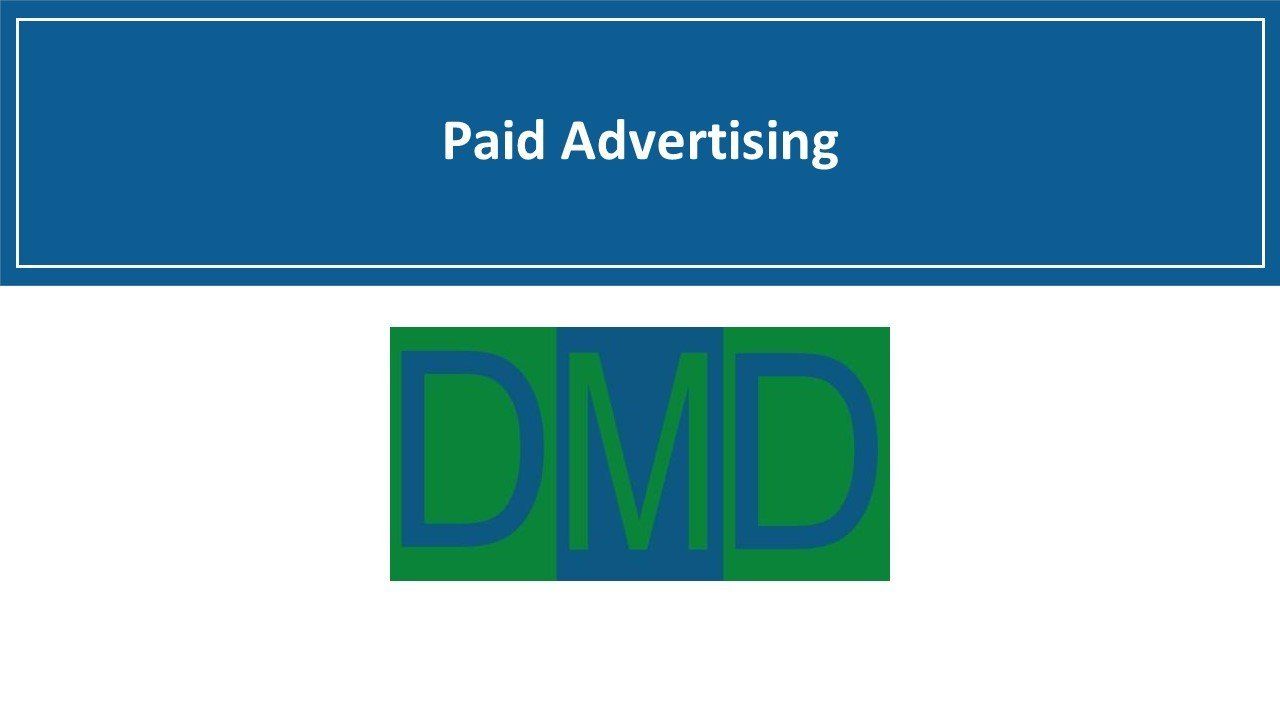
Hey there, everybody. Peter Brissette here, Digital Marketing Dude with your monthly marketing message. We’ve been talking a little bit about the marketing blueprint the last couple of months here and a couple of the key areas, and the one I want to talk about today is just the paid advertising aspect of digital marketing and really just want to focus on Google ads.
This used to be called Google AdWords. Google has just updated their branding to now just be Google Ads, so they’re trying to compete I think a little bit with Facebook Ads and be a little more aligned with what Facebook is doing, but just want to talk about a few key elements on why you would want to do Google Ads. There are a few different reasons that we would do this. One thing that we really look at in this space is are you looking for something to happen quicker, like you need to run ads and get people to call you as soon as possible versus doing standard search engine optimization that might take a few months or many months or even longer depending on your industry and where you’re located and a lot of other factors there.
Google Ads is a way to jump into the market almost instantly and be able to carve out a little bit of space with your competition right away. If you want to have things like make the phone ring, then Google Ads can be a good way to go. The real thing that you have to think about is what’s my real market in terms of either the keywords that people are searching and where are they searching, so what’s the geographic space of that. Most people are local businesses, and a lot of the clients that we work with are local businesses. You’re really targeting a geographic area. That is one of the nice things about Google AdWords. Sorry, it’s Google Ads, not Google AdWords anymore. That’s going to take a while to fix.
But you can target a very specific geographic area so that you can really maximize your ad spend. You’re going to get the most out of your ad spend because you’re only focusing on the specific area that you really need to. If you’re a local business, a brick and mortar business, and trying to get foot traffic into your location, and you’re on the north side of the Denver, you can target a five-mile or a 10-mile or a 15-mile radius, whatever that typically is for your particular business, how far do people come for whatever it is you happen to offer, and you can target just that specific area really in just a circle around your business. For many local businesses, that works just fine.
It allows you to be more competitive that way. Almost every industry anymore has a pretty significant amount of competition in the Google Ad space. What we find usually though is that a lot of the advertising is done very sloppily. There’s not a real good plan. There’s not any changes happening to ad copy. They don’t maximize all the different features that are available inside of the Google Ad setup. There’s a lot of different things that help you extend just the standard ad copy that you have available.
The other thing that we see most often that gets missed is goal and conversion tracking, so not having either tracking numbers or really tracking what happens when someone actually does something. When someone clicks on an ad, they go to a webpage, they fill out a form, they make a phone call. Is that tracked back to the actual keyword that they used in their search. Then did that come from a mobile phone that they went to that process? Was it a desktop computer that they did that process? All those things are really important in the setup of an ad campaign that if that’s missing or not completely done, then you’re typically winding up spending way too much money on the ads themselves and not getting good results from them.
That’s just a highlight on Google Ads, some of the key aspects of it. Obviously, the keywords are important. You’re able to target geographically, the copy of the ads and updating copy on a regular basis, doing split testing on the ad copy is very important, and then everything from what’s the page people land on. Probably shouldn’t be the home page of your website. Should be the special page, and then you’re tracking everything. You’re tracking phone numbers. You’re tracking what we call conversions. Conversions basically are somebody did something. They filled out a form or made a phone call, are primarily the conversion aspects that we’re looking for.
That’s just a quick cap on Google Ads. If you do want something to happen faster rather than waiting, Google Ads is a great way to do that. Setup time’s fairly quick to be able to get an ad campaign up and running and to begin driving traffic to your website and eventually to be able to start making the phone ring and get foot traffic in your store, whatever it might be.
That’s your monthly marketing message for this month. Hope you enjoyed that. Let us know if you have any questions. We’d be glad to help you out and answer any questions that you have regarding that. Then next month, we’ll talk a little bit about Facebook Ads.
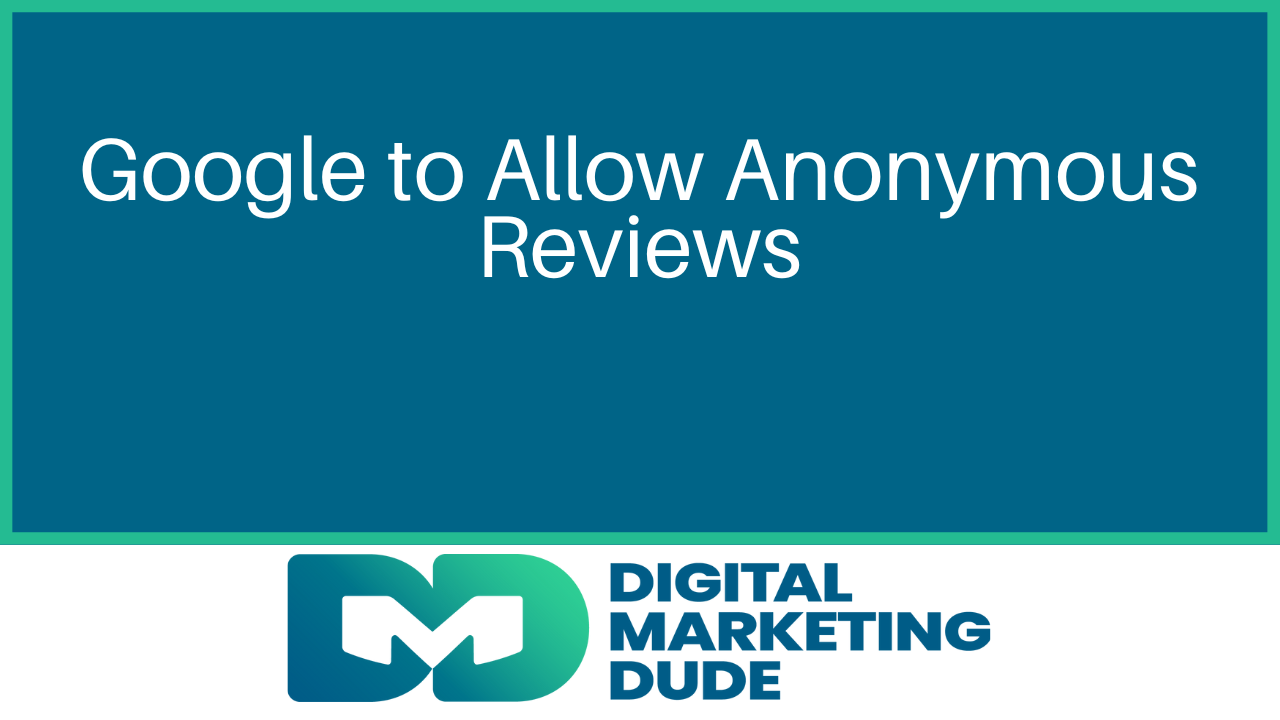
Video Transcript: All right, hey guys, Peter Brissette here, Digital Marketing Dude, and I wanted to share with you something new about Google reviews that you want to be aware of. So Google now will allow users to update their profile, their name on their profiles, so they can be more anonymous. So they're not entirely anonymous, but if they want to use an initial on their last name or shorten their first name, you know, if it's Jennifer and they just want to put Jen or whatever, Dogmom1234. They can change that on their reviews. So that change here just recently was updated means a couple of things. I just wanted to go through this article real quick and talk about that. So what exactly changed in the review system? So Google now allows any user to set up custom display name and profile image, which will appear on all reviews, photos, videos, and contributions across maps and search. It's also retroactive to all the other reviews that they have left as well. So you don't need to have a different Google account to protect your identity. You can just update your profile information. So in practice, what this should mean is that customers can leave reviews under a nickname instead of their full name. All past, future Google Maps contributions, adopt the pseudonym, applies across Q&A, images, and videos. So Google still knows the account behind the review, only the public name is going to be different. So it should allow, in some industries, folks to be able to leave reviews where maybe in the past they haven't. For example, legal services. So in legal services, can you imagine if you were charged for a crime and your attorney helped you and kept you out of jail or whatever it was, and you went on to post, hey, I got charged with shoplifting. And thankfully, my attorney helped me out. You may not want to put your name on that and have it out there. So things like that, mental health is another big area, various medical or health care practices, a lot of health care practices, I think this could affect. Definitely addiction treatment and recovery, financial advisors, and some sensitive home services. The big question is, does this is, The Increase fake review risk. Most people don't think so. Again, this article is from taprocard.com. They certainly don't think so because it's still a real account. It's not like it's a fake account or something like that. So I think it's still going to produce good reviews, but it should increase the number of reviews. And that's really why this matters for business. You should be able to get more reviews. What you want is more frequent reviews, more recent reviews, and that will help build trust from potential customers. And even with all the AI hype and everything that's going on, it's going to help you with your SEO in maps and search, in particular from phones. So how do businesses adjust the review request strategy? How One thing that can be added when you're requesting reviews is to mention if you'd like extra privacy, Google now allows you to leave reviews under a custom display name. And so that can be something that you add in there. I'm also going to put a link here in the post on how to change your Google display name so that you can see that and be able to offer that for your clients as well. So I just wanted to throw out this quick little update. If you have any questions about this, I want to talk about how your reviews are being managed right now. If you're using our services or someone else and would like to talk about that, please reach out. Thank you again, Peter Brissette, Digital Marketing Dude. Visit our website at dmdude.com. Here is the link to the original Post: https://taprocard.com/blogs/article/google-anonymous-reviews-update-2025 Here is a link that explains how to change your display name on google. https://support.google.com/maps/answer/15294714?hl=en
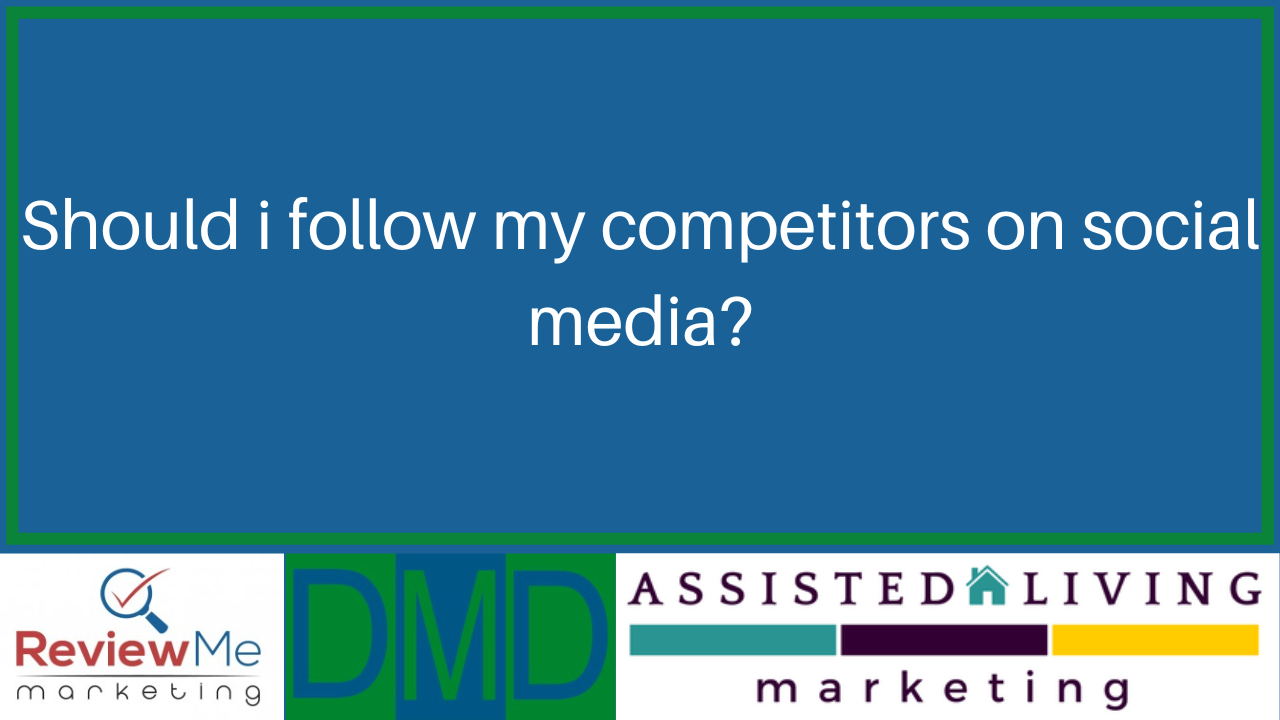
The last question that should we follow our competitors on social media? Sure, why not. You know, you want to see what they're doing and see what's happening there. You know if you're going to be active and you're really trying to use social to build your business then having a good idea what's what your competition is up to is probably important. And you know sometimes what I find with so called competitors is that we you know often times find people that we can collaborate with. It doesn't necessarily mean they are competitors so we work with a number of other marketing agencies and provides some services for them for their clients that they don't necessarily do, but they hire us to do it for them. So like I work with other marketing agencies, so they're not necessarily, you know, your competitor and everything. So but yeah, see what's going on you know, investigate, read up on them, see what they're doing, check out their websites, see what they're ranking for. You know, the more you understand the competitive landscape, the more you know what you should be doing and what you need to do.
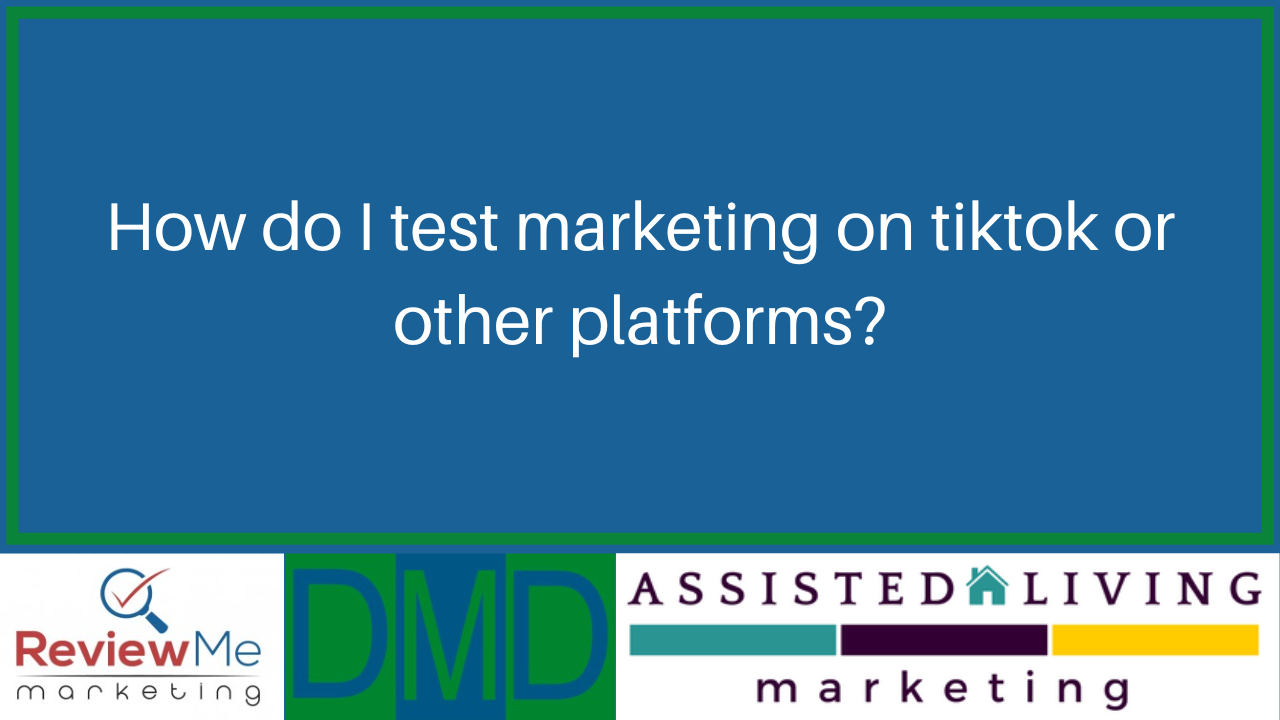
And the last question that we have is, can you say more about running a test on TikTok yeah, I so I'm not on TikTok I'm not using tiktok. I wind up watching a lot of TikTok videos on Facebook and the Facebook reels. I think it's fascinating. I find it very interesting. But it's not a platform that I've taken the time to jump on at this point. Again, based on where I'm at with strategy and so forth, it's not a fit for me. But anytime you're using any platform, if you're going to do something, you want to come up with some means of measurement. How am I going to measure success? What does success look like? Is it I, you know, posted a video and I got a thousand views. Is that success you know or is it actually driving traffic and are you tracking how much traffic and then are you tracking what happened to that traffic? Did they fill out a form, did they make a phone call? Like what's the, where do you want that to go? So we really need to step back and think about that whole process. Of creating content, I'm pushing this through to, you know, to my website. And this is what I want to have happen. This is what I wanted the results to be. And then how am I going to track it? How am I going to measure it and do that so anytime you're spending, anytime you're doing something new in particular. Or you're spending any money you need to track it all the way through. All the way through.
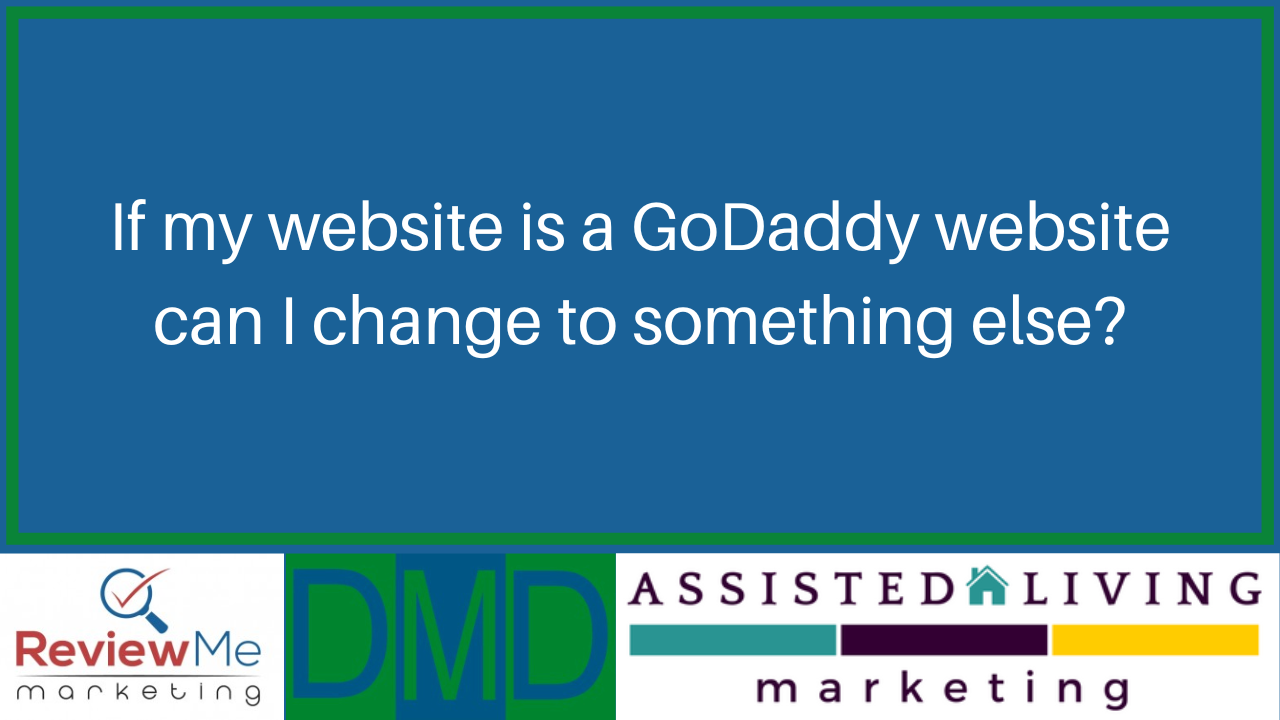
The next question that we have is if you have a GoDaddy web page already and are having some issues, are you able to switch over somehow? You can build your website on any other platform and then just you just change the domain where the domain points. So yeah, you can do that anytime. Thank you, Peter.
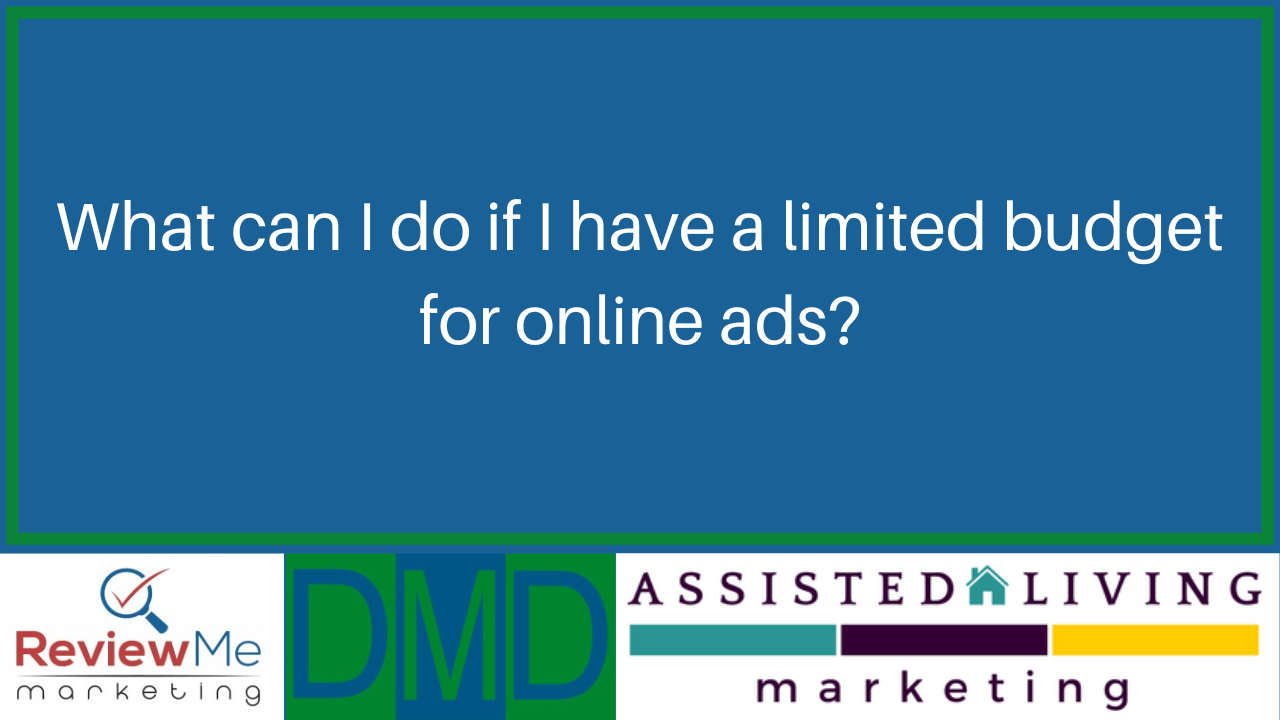
Next question is how powerful are paid plans to things like Google Adwords or whatever it is called now regarding driving traffic, how can you possibly compete when you don't have the cash to put towards such programs? Yeah, so that's where you gotta get creative. So again we're small businesses and we don't have you know, unlimited funds to you know, just throw a bunch of ads up and you know compete with some other big companies so. Again, this goes back to what are the things I can really do better, because chances are your website is getting some traffic and it could be getting good traffic, but if your messaging isn't clear on your website, you're not getting them to take the next step. They're not making a phone call or filling out a form. So where I can put energy and effort is in that messaging and that and being very clear about who I'm working with, the problem I solve, how I solve it. So that whoever does come across my radar, I have a much higher chance of converting that person then someone else. So you know it's not the best product that always wins, it's who's the best communicator. And so that's why I talk about what you own and what you can't can control and making sure that is dialed in. And doing what it's supposed to do so that if you do go I, if I'm dialed in and I know everything is working well with my website and it's communicating clearly now, I can spend a small amount on ads and drive a small amount of traffic knowing that I'm probably going to get a decent amount of conversions because my messaging's on point and so I don't have to spend as much as the big guy. But I can be more effective because I've spent time working on the stuff that really matters. Thanks, Peter.


